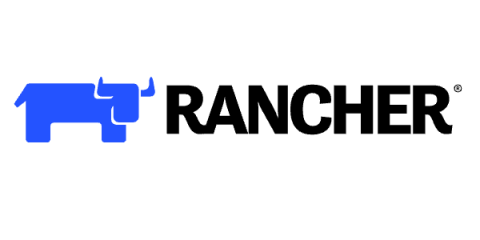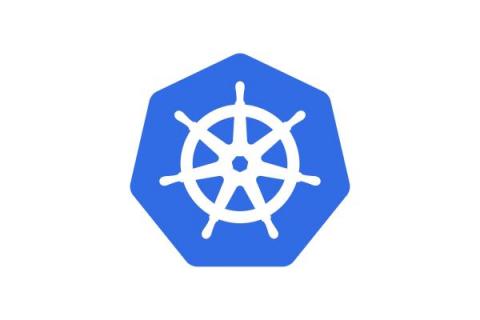Five Reasons to Use Base Container Images
Nowadays, the software development paradigm is based on containerizing applications to deploy on pods to let Kubernetes manage it. Containerized applications can then allow Kubernetes to manage its deployment, replication, high availability, metrics and other capabilities so that the application can focus on doing what it was designed to do. This technology is used for projects and by customers all over the globe.








